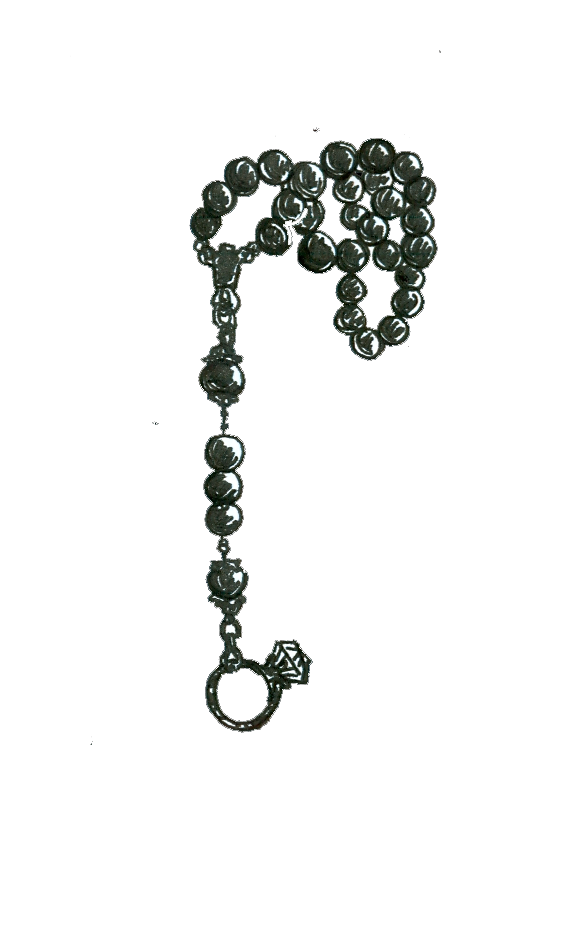
Courtesy of Jordan Cicoria.
I am a happy “lapsed Catholic,” meaning that I go to Mass every Christmas, Easter and a few other times in between. Still, I am pretty much a loyal Catholic in practice. I love the liturgy, the mysticism and the connection to the past. However, as someone who’s been interested in the priesthood since the seventh grade, I do not support the Vatican’s enforcement of priestly celibacy, extending from A.D. 1123 to the present day. Mandatory celibacy is an outdated principle, deterring men who would make good priests from taking holy orders.
Those who defend the policy state that, since Jesus never married or had sex, and since the priest must act as Jesus’ representative, the priest must also be celibate. That’s all well and good, but, for all the Church lore supporting celibacy, there is also extensive material supporting married priests. For example, the Gospels indicate that some of Jesus’ twelve apostles had wives (in one incident, Jesus heals the mother-in-law of Simon Peter). Similarly, the apostle Paul writes that, although celibacy might be an ideal way to live, you cannot expect the average Christian to renounce sex and marriage. Finally, and most importantly, until the First Lateran Council put a kibosh on the practice, clergymen married and had children for more than 1,000 years!
Since celibacy was not mandatory from day one of Christianity, I do not believe that modern priests should be required to be celibate. Personally, I would like to be married with children someday, and I don’t see why raising a family and serving God should be mutually exclusive. Marriage, with all of its difficulties, sacrifices and joys, might help priests relate to and counsel married couples.
Nonetheless, even if marriage didn’t have a marked positive effect on the priesthood, I don’t see it having any negative effect. Consider the deacons, most of whom are married. Do deacons seem less holy or good at their job, just because they have wives and children?
If you still aren’t convinced by my argument, consider the Eastern and Oriental Orthodox churches. These churches originated as movements within Catholicism, only to split off because of doctrinal and political differences. One such difference was celibacy.
As the Vatican shifted toward banning clerical marriage, the patriarchate of Constantinople and other Eastern churches continued to support a married clergy. Today, you will find married Orthodox priests throughout the world, leading worship services just as elaborate and mystical as Catholic Masses. There are 227 million Orthodox Christians in the world. Clearly the private lives of priests have no adverse effect on Orthodoxy.
At some level, the Vatican is aware that compulsory celibacy is crumbling. Under the Pastoral Provision created by His Holiness John Paul II, Protestant ministers and Orthodox priests can convert to Catholicism without having to divorce their wives.
Similarly, there are certain Eastern churches that have rejoined the Catholic Church, but are allowed to preserve traditions unique to the East. Due to these doctrinal loopholes, there are currently married Catholic priests serving alongside the entire celibate clergy. The only noticeable effect is that there are more Catholic priests than before.
Despite my grievances with mandatory celibacy, I do respect the many Catholic clergy who remain celibate. It is a testament to their self-discipline and devoutness. But I pity all the priests with girlfriends on the side who can never marry because of an inflexible medieval law.
So let celibacy be an option rather than the rule. There will be many more Catholics entering the seminary.
